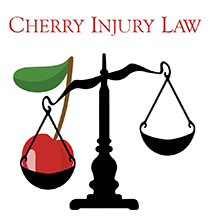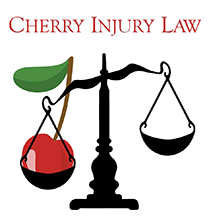Birth injuries still occurring even as birth rates decline
Almost four million babies were born in the United States in 2011, according to the Centers for Disease Control and Prevention. The government reports that the number of births declined each of the last four years from a high of more than 4.3 million in 2007.
Even with falling birth rates, reports of birth injuries are still all too common. A birth injury is a wound or trauma, which is usually caused by external force applied during the infant’s delivery.
Some of the most common types of injuries that a baby can suffer during delivery are:
- Erb’s palsy
- Cerebral palsy
- Forceps marks, bruising and fractures
These injuries can be life altering for an infant. Parents of a child who suffers a birth injury should consult a Pennsylvania birth injury attorney, who may be able to assist in determining what caused the injury and whether physician negligence was involved.
Erb’s Palsy
Erb’s palsy, also called a brachial plexus injury, affects an infant’s arms. The injury can result in weakness in an arm or loss of movement, if damage occurs to the nerves in the shoulder during delivery. This can be isolated to only the upper arm, but in many cases affects the whole arm and may include paralysis of the hand.
The causes of Erb’s palsy are associated with pulling on the infant during difficult deliveries. If a physician, pulls on the shoulders this can damage the nerves. Some risk factors that increase the chances of injury include, larger than normal size or a breech delivery. Diabetic mothers are prone to have larger babies and need to be aware of higher risks during delivery.
Cerebral Palsy
Cerebral palsy can occur when there are complications during delivery and the baby does not receive sufficient oxygen. These are called hypoxic injuries and occur when there is a lack of oxygen and heart problems during delivery. That loss of oxygen can result in brain damage, which may manifest as physical disability with seizures or paralysis.
Bruising and fractures
Forceps or vacuum extraction may leave bruising or cuts on the babies face, head or scalp. Sometimes the force and trauma of contact with the mother’s pelvic bone and tissues during a delivery will cause bruising and in more extreme cases fractures. A collarbone fracture is the most common and may mean the baby does not move the arm on the same side as the broken bone.
If your child suffers a serious injury during delivery, it is heart wrenching. You may wonder how you will afford treatment and care costs. Contact an experienced medical malpractice attorney to discuss available remedies. If the negligence of a nurse or doctor caused the injury, compensation may be available to cover medical costs, as well as pain and suffering.








 Cherry Injury Law RSS Feed
Cherry Injury Law RSS Feed



